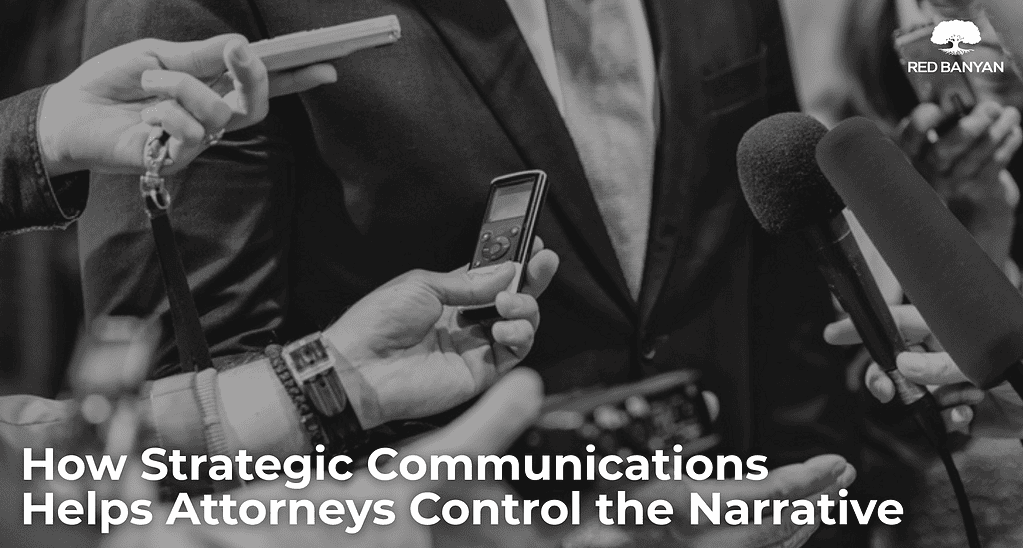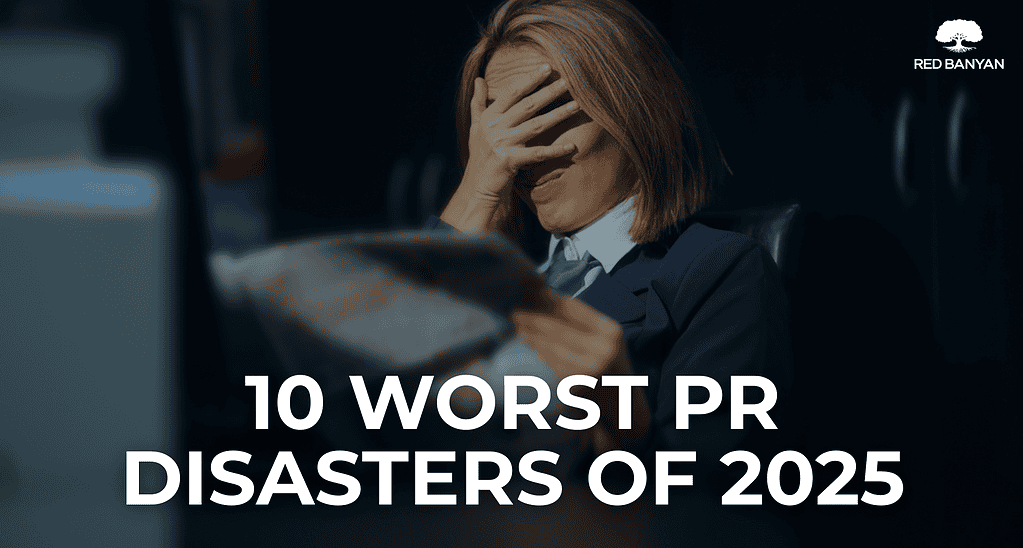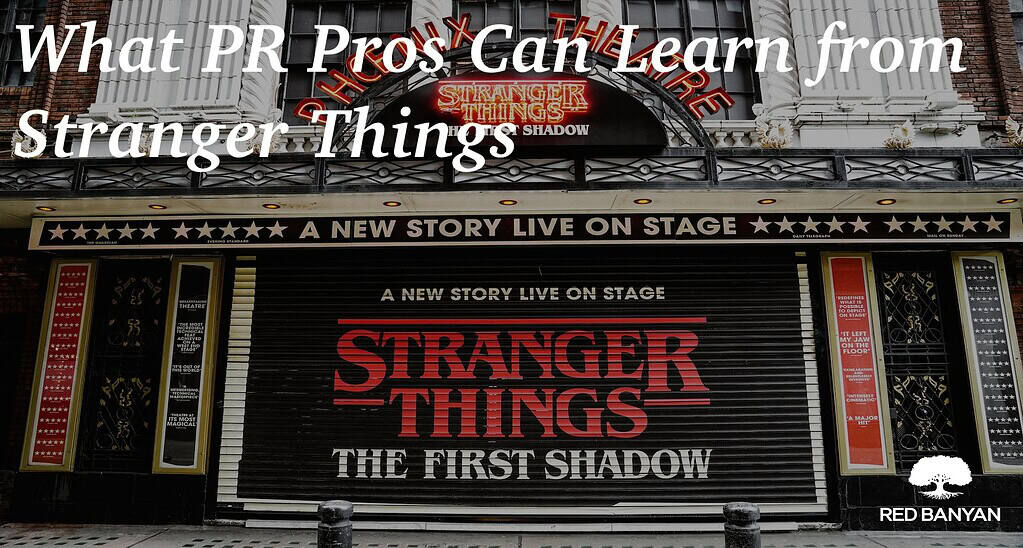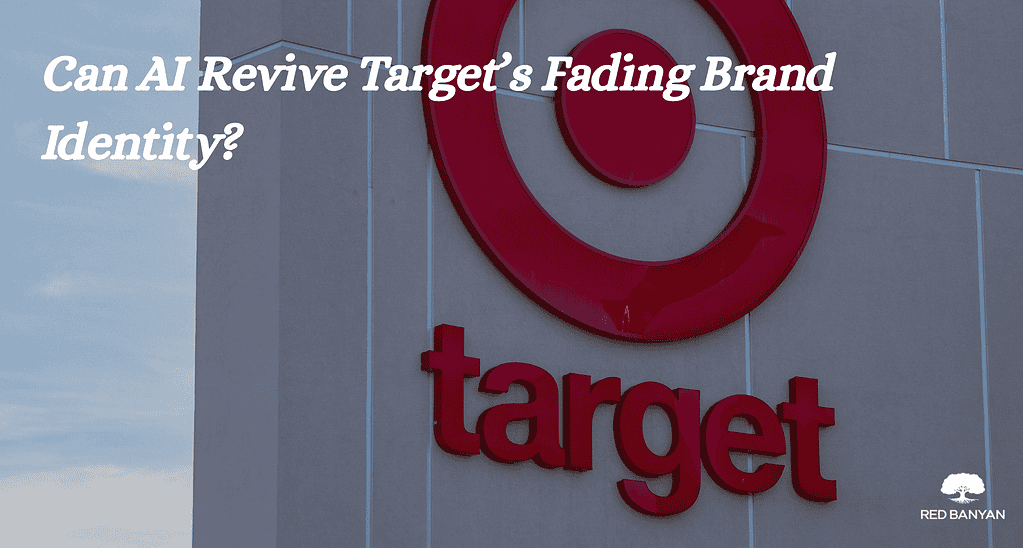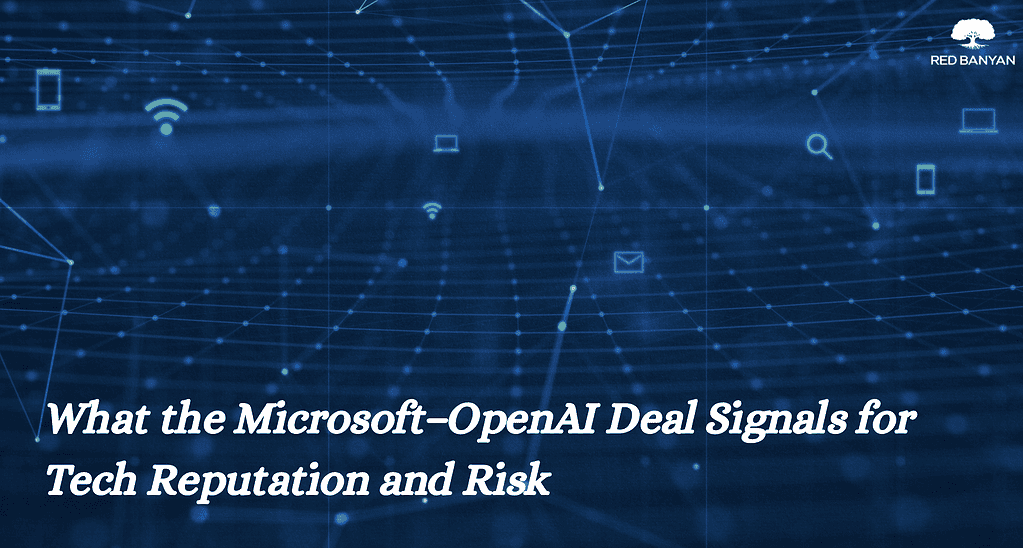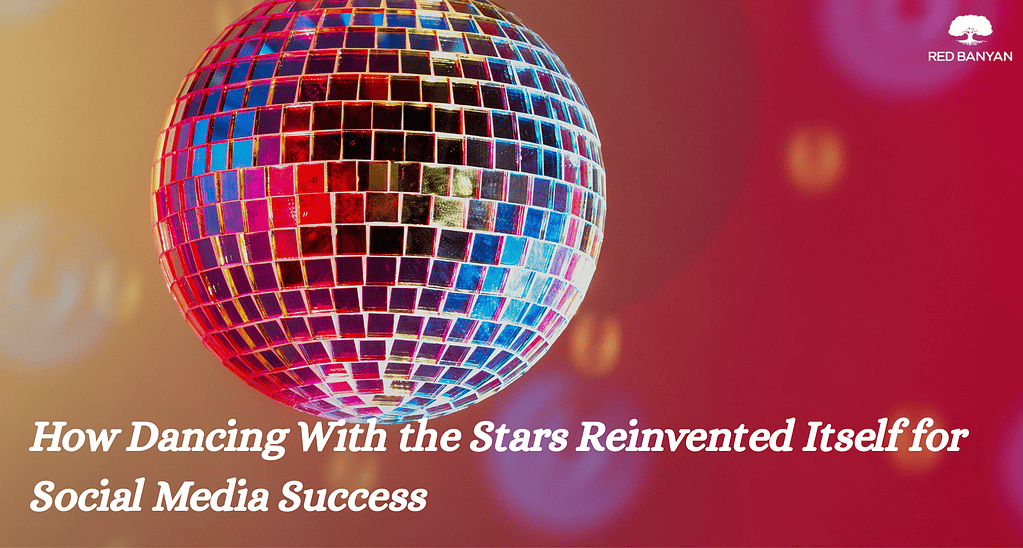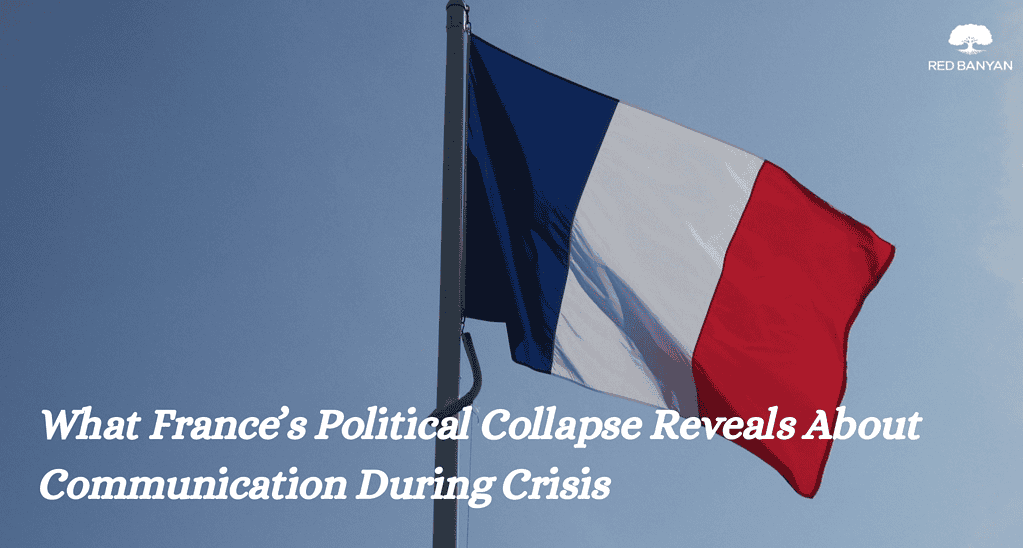Innovation Doesn’t Eliminate Vulnerability
Apple’s latest product launch wasn’t just about new features. It was a globally televised lesson in crisis communications strategy and brand reputation risk, showing how even the most admired tech companies must manage perception, expectations, and backlash.
With the debut of the iPhone 17 and iOS 26, Apple introduced aggressive design changes, including the ultra-thin iPhone Air, a titanium frame, enhanced cameras, and the A19 chip. iOS 26 brought a visual overhaul with its Liquid Glass interface and smart AI integrations. These weren’t incremental upgrades. They were bold bets aimed at reinforcing Apple’s innovation narrative.
But with every leap forward comes the potential for blowback, and that’s exactly what happened.
A Design Overhaul With Consequences
Apple’s interface redesign wasn’t universally welcomed.
Shortly after launch, users began flooding forums and social media with complaints. Many expressed regret after upgrading to iOS 26, citing severe battery drain, system slowdowns, and issues with readability due to the new UI. What should have been a celebration of visual innovation quickly spiraled into widespread negative user feedback.
This is more than a tech hiccup. It’s a failure in managing customer trust. When users feel blindsided by unexpected changes, especially during a high-profile launch, the risk shifts from technical bugs to brand credibility. For a company of Apple’s scale, such feedback is a form of digital PR crisis that demands immediate attention.
Silence Isn’t a Strategy
Apple’s response, or lack thereof, allowed a minor technical controversy to grow into a larger perception problem.
In today’s fast-moving media environment, every brand needs a product launch communication strategy that accounts for worst-case scenarios. Yet Apple opted for its traditional silence, letting user frustration dominate the online conversation. For most companies, this would be a catastrophic mistake. Even Apple’s brand power isn’t immune from reputational consequences when the silence becomes deafening.
Brands that fail to engage during critical early windows risk ceding control of the narrative. What businesses can learn from Apple’s communication failures is that executive brand protection requires proactive messaging, not reactive damage control.
The Real Risk: Losing the Narrative
In 2025, the most valuable commodity for any brand is not innovation, it’s perception.
Apple’s situation proves that brand reputation management must evolve alongside technology. A glitch or interface change may be tolerable, but a perceived disregard for customer feedback can be devastating. Social media sentiment monitoring should be as prioritized as product testing.
For other companies watching this unfold, the lesson is clear. Managing brand reputation during a product launch is about anticipating friction, engaging transparently, and preparing to respond quickly. If not, perception will become your problem, and it will spread faster than any software patch can contain.
Strong Brands Must Communicate, Not Just Innovate
Apple’s loyal customer base didn’t eliminate the need for a clear communication plan.
Being a dominant player in tech doesn’t protect a company from criticism. In fact, it raises the stakes. Consumers expect clarity, responsiveness, and a sense of accountability. This is especially true when products don’t perform as advertised or when usability drops. Every business launching a new product or platform should have a clear and flexible crisis response plan, even if they’ve never needed one before.
What Every Brand Should Learn From Apple’s Launch
Apple’s iPhone 17 and iOS 26 rollout is more than just a case study in product design, it’s a warning for brands that overlook the importance of public relations in tech. One of the most critical lessons is that pre-launch testing must go beyond functionality to gauge emotional response, ensuring customer expectations are aligned before products hit the market. Equally important is having a crisis communication plan in place prior to launch, so companies are ready to respond swiftly and decisively if issues arise. Brands must also be prepared to engage with transparency and speed, because delayed responses can appear tone-deaf or dismissive. In a digital age where narratives form instantly, it is essential to monitor consumer sentiment in real time, especially on social media where backlash often brews first. Above all, companies must remember that brand loyalty is not a substitute for clear, timely communication. Even industry leaders cannot afford to ignore their customers when the stakes, and visibility, are high.
The launch of the iPhone 17 and iOS 26 highlights the intersection of innovation and perception, and how the latter can quickly become a liability when left unaddressed.
This moment should serve as a wake-up call for executives and communication professionals alike. Crisis communication is not optional. Managing digital PR crises requires preparation, speed, and a willingness to meet customers where they are.
In today’s fast-moving digital landscape, partnering with a seasoned PR or crisis communication agency like Red Banyan is essential to protect and manage brand reputation when public perception shifts in real time.


